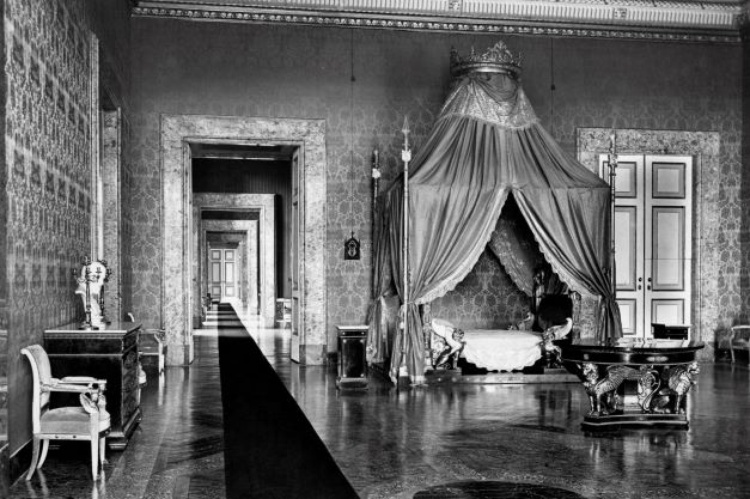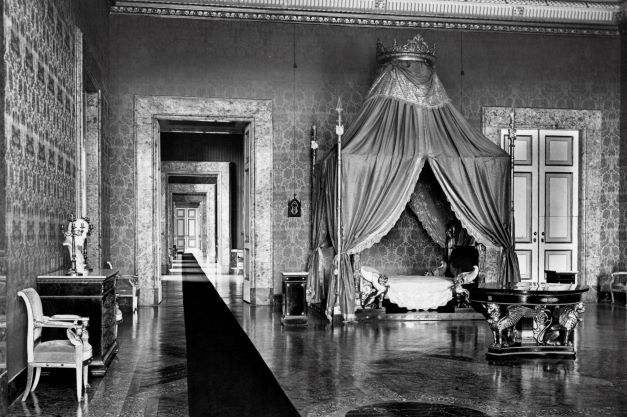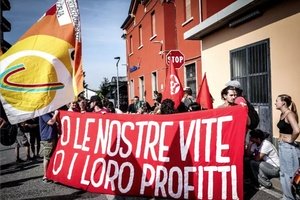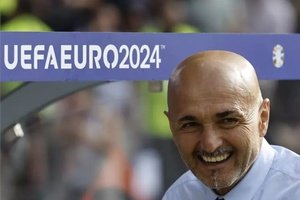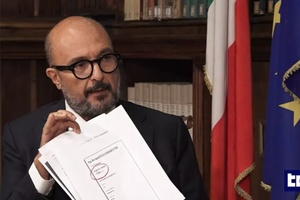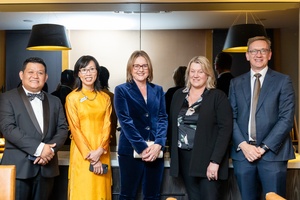Vanvitelli was an Italian architect born in Naples and raised in Rome, responsible for the grandeur of the Royal Palace of Caserta, a UNESCO World Heritage Site since 1997.
Those on the call were taken on a tour of the palace.
Concetta Perna, president of Dante Alighieri, commented with great enthusiasm and pride during the video conference.
"It was very nice to organise this event, the first event for me as president, in conjunction with the celebrations of Vanvitelli that are taking place in Campania and Italy," she said.
Andrea Tenconi, vice president, and Perna opened the conference by mentioning that the event was also celebratory of Dantedì, which falls on March 25.
Dantedì is the national day dedicated to Dante Alighieri, established in 2020 by the Council of Ministers at the proposal of Minister Dario Franceschini to celebrate Italian genius.
The assistance of Roberto Farotto, Dante’s other vice president, was crucial from an IT perspective, and Tenconi acknowledged it.
Tenconi then turned the floor over to Professor Mazzarella, an art historian, museologist and official in charge of the enhancement of the Reggia di Caserta.
Mazzarella played a video in which musicians from the Naples Conservatory of Music, San Pietro a Majella played inside the palace to celebrate Vanvitelli.
Professor Mazzarella passionately told the conference many interesting things about the palace, such as the fact that the architect failed to see it completed in his lifetime.
The work of Vanvitelli was commissioned immediately via a competition.
King Charles III of Bourbon, who was enthusiastic about the project, had decided to move the administrative and governmental residence from Naples to Caserta.
He felt it was easier to protect the kingdom by keeping the capital away from the coast.
The project provoked such fierce criticism that the curia in Rome summoned three philosophers and mathematicians to verify Vanvitelli's calculations.
Once they were satisfied, King Charles III was able to proceed with the construction of the building.
Mazzarella explained that the palace “brought so much honour and pain to Vanvitelli, because despite being the project of his life, there was a difference between his initial design and its final realisation”.
The original drawings, in fact, called for a giant dome in the centre, a stylistic inheritance from Vanvitelli's experience of restoring the dome of St. Peter's in Rome.
A museum dedicated to Vanvitelli, who astonishingly died in poverty and without proper recognition, has been set up in the palace.
What’s also striking about this architectural and stylistic marvel is the size of the garden and fountain, with some 250 hectares of forest surrounding the complex.
Professor Mazzarella recounted that when Vanvitelli built the palace, there was a need to supply the residence with plenty of water, so he created the Carolino aqueduct.
Vanvitelli found twelve springs in the vicinity called the Fizzo springs, but individually they were not powerful enough to get water to the palace.
He decided to consolidate all 12 into a single spring and transport the pure water to the palace via a 38-km route with a slope per meter of half a millimetre.
This water also supplied the local farmers who had previously had very little access to water.
Vanvitelli’s genius conceived of something that also had great social and economic importance.
It was an extremely informative meeting that allowed visitors to admire one of Italy's most famous architectural beauties from the comfort of their living room.

